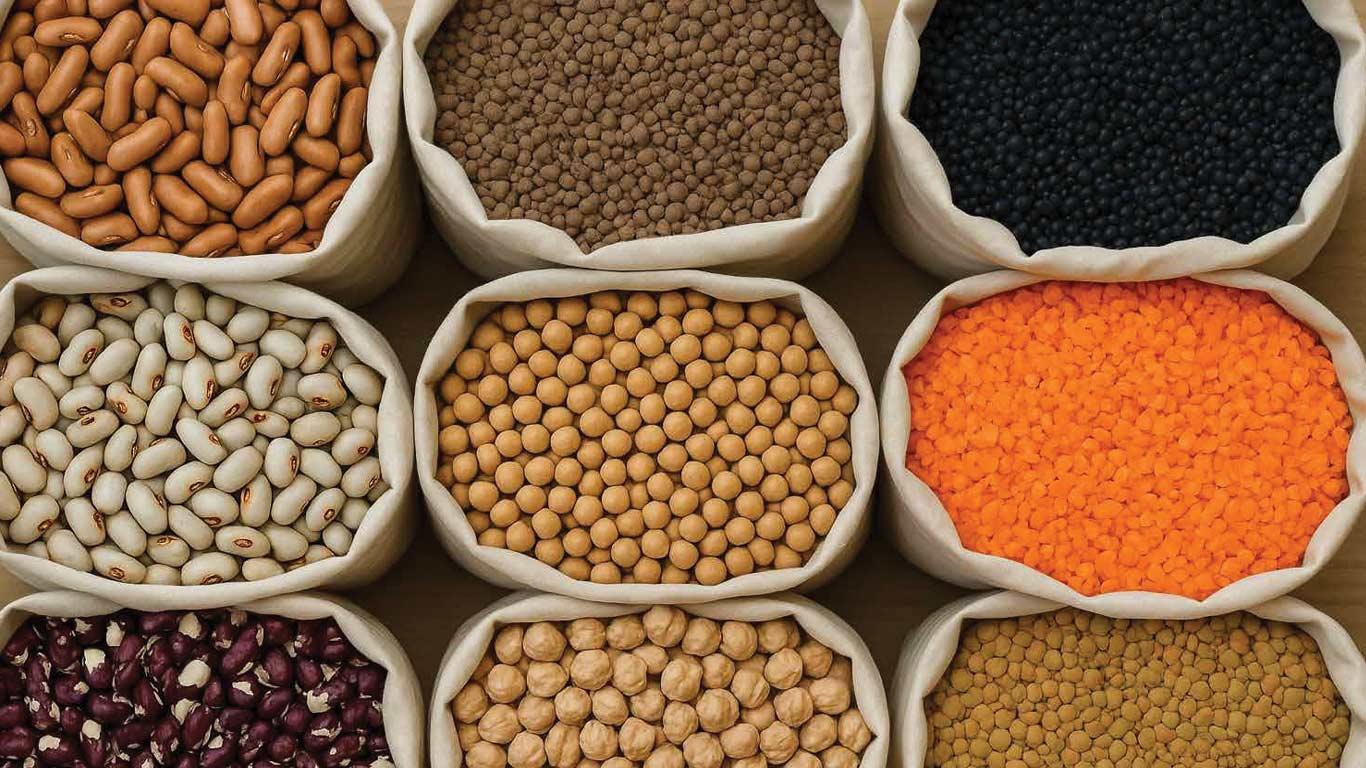Niti Aayog Charts Roadmap To Make India Self-Sufficient In Pulses By 2030
The roadmap seeks to scale production from 26.06 million tonnes (MT) in 2022 to 34.45 MT by 2030, and further to 51.57 MT by mid-century.
According to projections, India could achieve around 32.1 MT output by 2030 and 50.7 MT by 2047, aligning closely with national targets.
If current trends continue, supply may reach 30.6 MT by 2030 and 45.8 MT by 2047. However, with targeted measures, production could exceed demand, creating a surplus of nearly 3.8 MT in 2030 and over 16 MT by 2047.
The report recommends several strategies to meet these goals. These include crop-wise clustering, adoption of modern farming technology suited to agro-ecological zones, improving seed quality, and promoting initiatives such as 'one block, one seed village' across 111 high-potential districts.
Climate-smart farming, better data monitoring, and advanced decision-support systems are also highlighted as key enablers for growth.
In addition, the plan stresses the importance of raising nutritional awareness and aligning consumption with ICMR-NIN guidelines.
It also calls for adjusting supply forecasts by factoring in imports, exports, stocks, and potential losses.
This roadmap reflects an ambitious yet realistic vision for India's agriculture sector. By ensuring self-reliance in pulses, India can reduce import dependency, strengthen food security, and move closer to long-term agricultural sustainability.
(KNN Bureau)
Legal Disclaimer:
MENAFN provides the
information “as is” without warranty of any kind. We do not accept
any responsibility or liability for the accuracy, content, images,
videos, licenses, completeness, legality, or reliability of the information
contained in this article. If you have any complaints or copyright
issues related to this article, kindly contact the provider above.
Market Research

- Gas Engine Market Analysis: Strong Growth Projected At 3.9% CAGR Through 2033
- Daytrading Publishes New Study On The Dangers Of AI Tools Used By Traders
- Excellion Finance Launches MAX Yield: A Multi-Chain, Actively Managed Defi Strategy
- United States Lubricants Market Growth Opportunities & Share Dynamics 20252033
- ROVR Releases Open Dataset To Power The Future Of Spatial AI, Robotics, And Autonomous Systems
- Blackrock Becomes The Second-Largest Shareholder Of Freedom Holding Corp.



















Comments
No comment